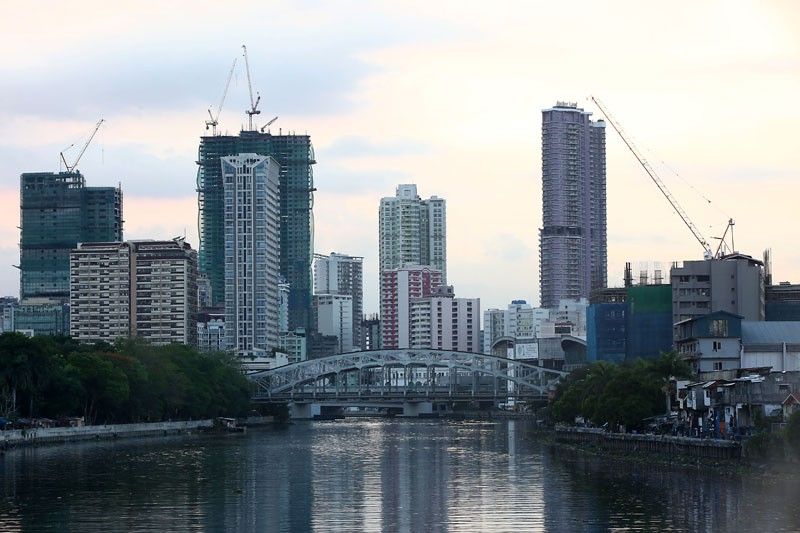CA surplus to narrow as economy recovers

MANILA, Philippines — The Philippines’ current account surplus may narrow over the next few years as the country recovers from the pandemic-induced recession, according to S&P Global Ratings.
The debt watcher said the surplus may narrow to 2.3 percent of gross domestic product (GDP) this year, 1.2 percent in 2022 and 0.1 percent in 2023 before turning into a deficit of 0.5 percent in 2024.
“We expect the Philippines’ current account surplus to gradually narrow over the coming years as capital imports recover alongside the economy,” S&P said.
A country’s current account consists of transactions in goods, services, primary income and secondary income. The account measures the net transfer of real resources between an economy and the rest of the world. A surplus means more dollars flow into a country from exports than what goes out for imports.
The Philippine recorded a current account surplus of 3.6 percent of GDP last year, ending four years of deficit as the global economy stalled due to the impact of the COVID-19 pandemic. Prior to 2020, the last time the country recorded a current account surplus was in 2015 at 2.4 percent of GDP.
“The current account flipped into a surplus of 3.6 percent of GDP for the first time since 2015 as import compression outpaced the decline in exports,” S & P said.
Data from the Philippine Statistics Authority (PSA) showed the country’s trade deficit narrowed by 39.5 percent to $24.6 billion last year from $40.67 billion in 2019 as exports declined by eight percent to $65.21 billion from $70.93 billion while imports fell by 19.5 percent to $89.81 billion from $111.59 billion.
The debt watcher expects the Philippines’ trade deficit widening to 9.2 percent of GDP in 2021, 10 percent in 2022, 10.6 percent in 2023, and 11 percent in 2024 after narrowing to 8.8 percent last year from 13.1 percent in 2019 due to the impact of the pandemic.
“A key rating strength for the Philippines is the country’s external position, the peso’s strength and the Philippines’ rising foreign exchange reserves in the current economic and health crisis are testaments to its external resilience,” S&P said.
S&P also noted remittance from overseas Filipino workers (OFWs) held steady with a decline of only 0.8 percent despite the global economic downturn.
The Bangko Sentral ng Pilipinas (BSP) sees remittances bouncing back with a growth of four percent this year.
According to the rating agency, the competitive unit labor costs in the country combined with a large, young, educated, and flexible labor market, should further strengthen the Philippines’ services exports particularly mainly in the healthcare, maritime, and business process outsourcing sectors.
“This implies that the Philippines should retain its narrow net external asset position, its liquid external assets are likely to exceed external debt by an average of 36 percent of current account payments from 2021 to 2024,” it said
- Latest
- Trending




























